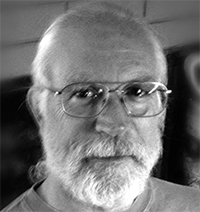ARTIST * MARK KLINK * UNITED STATES
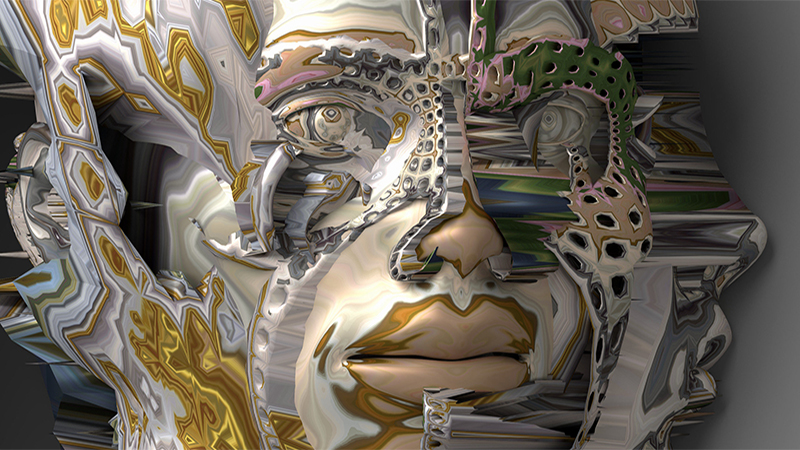
Mark Klink has been and done many things: Swept floors, worked as a factory hand, been an athlete, a minor government official, a lifeguard, a computer programmer, and a traditional print maker. For twenty years he taught children and other educators how to use computers. But the thing he likes best (beside family) is making curious pictures
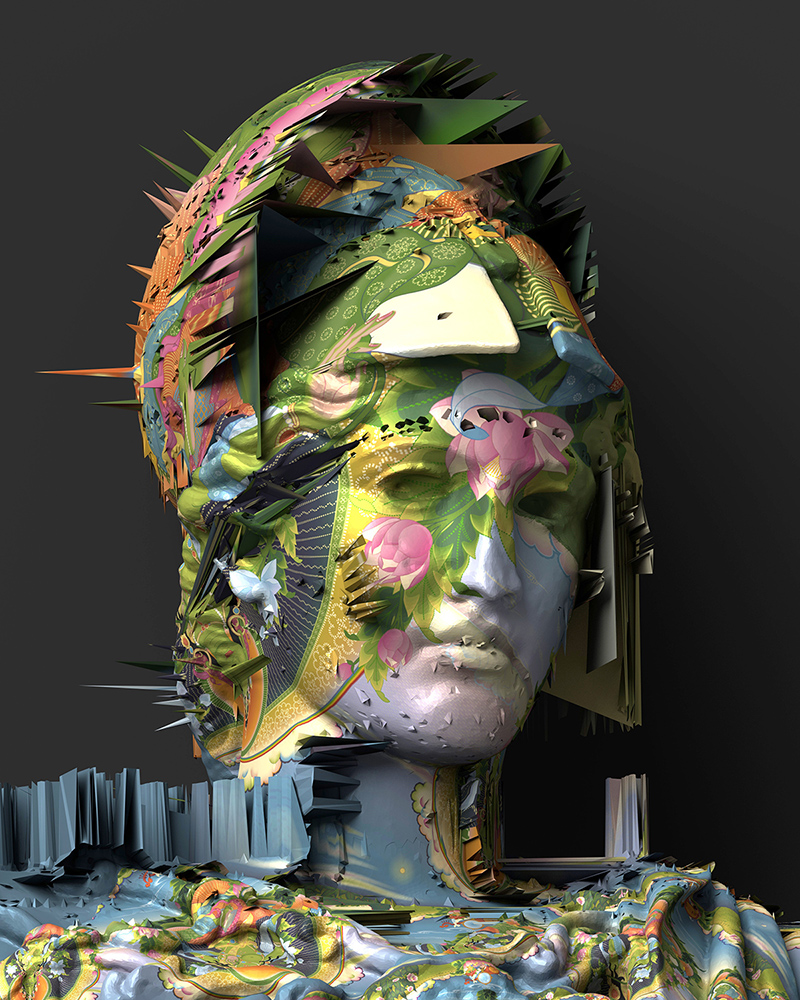 Athenea
Athenea
How did you find your own style to create your digital work?
This is a very complex question.. for which I can’t provide a simple or complete answer.. the reason is that most of what “explains” my style springs from processes that operate at a subconscious level. I don’t really understand it myself.. so, I’ll have to “talk around” the topic.. ..
Much of what I do is a culmination of a lifetime engagement with both traditional art and technology. In some respects, I’m an old fashioned romantic and humanist. I was steeped in what used to be regarded as the canon of western art. But, I’m acutely aware of how rapidly and profoundly that canon has been undermined due to technological and social change. That change is both inevitable and good. Who would want to go back to a such a narrow way of looking at the world, a perspective that so clearly springs out of a particular system of privilege? Nevertheless, it is the backdrop for my sensibility when it comes to art. So, I think, some of what emerges in my style is the tension between that received way of looking at the world and the disruption, and opportunity, that all this social and technological change brings.
But some of what “explains” my style is just the way I am.. something endogenous. When I was a child I loved drawing, particularly, drawing faces. When I was older I experimented with many techniques, styles, and subjects .. but my imagination seems to be most engaged when I return to those basics. It is said that artists can be divided into two camps: draughtsmen and colorists. Think of Picasso vs Bonnard. I think I do a pretty good job as a colorist.. but I’m clearly in the camp of the draughtsmen… Much of my work is monochromatic and emphasizes edges and linear movement. And much of my work involves the depiction of faces. I think that human beings are very mysterious. Most of what we believe about ourselves and others is really rationalization and confabulation. I have a deep distrust of the words and verbal formulas we use to explain ourselves. Still, we are compelled to try to “understand” ourselves and others, to comprehend and characterize what we are. Since words are inadequate, perhaps non-verbal art is the only alternative, and the exploration of how the human face can be represented seems a particularly appropriate way to go about it.
Finally, much of my style is just opportunistic.. with the rapid change in technology, with the incredible power and scope of current graphic software, there are countless possibilities that never existed before.. I’m simply lucky enough to be making things at a time when all of this new territory is open for exploration.
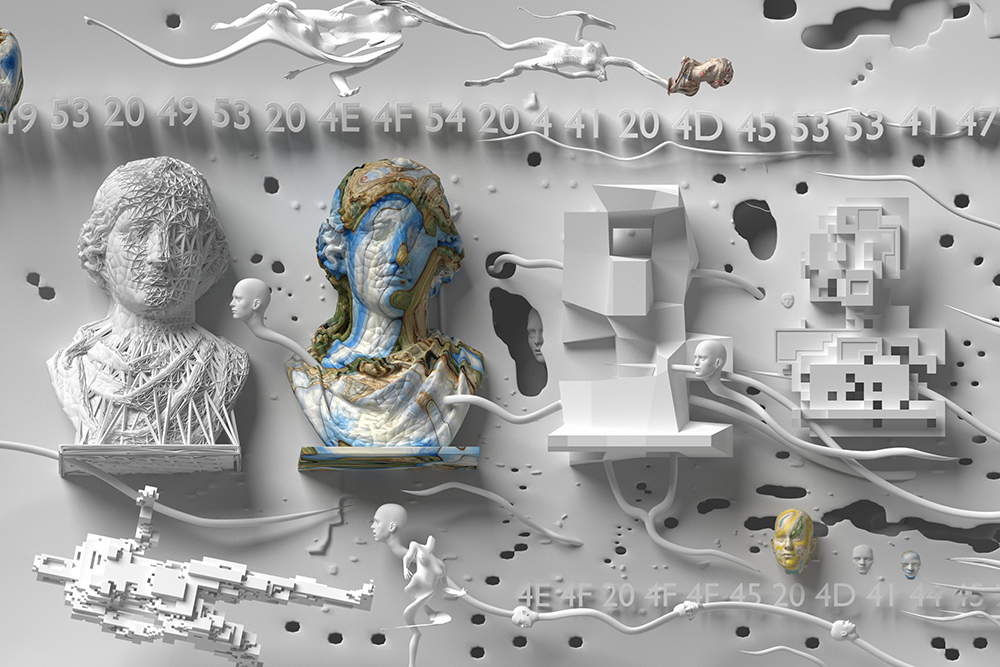 Assembly008
Assembly008
How do you envision future technologies and how will they affect your work?
I think the truly disruptive future technologies involve virtual and augmented reality. We are in the very, very early days of this. I think of the first movies, with fixed cameras and single takes. How vastly more sophisticated are the cinematic techniques and equipment developed over the last century. I’m sure that VR and AR will have a similar developmental arc. Given my age, I’m not at all sure how much I’ll be able to engage this new technology. The audience is still very small. The equipment is cumbersome, and the best approaches are only beginning to be understood. For the moment, “traditional” media, like digital video, provide me with the most effective tools for realizing the things I’m making.. but I’m hopeful that will soon change.
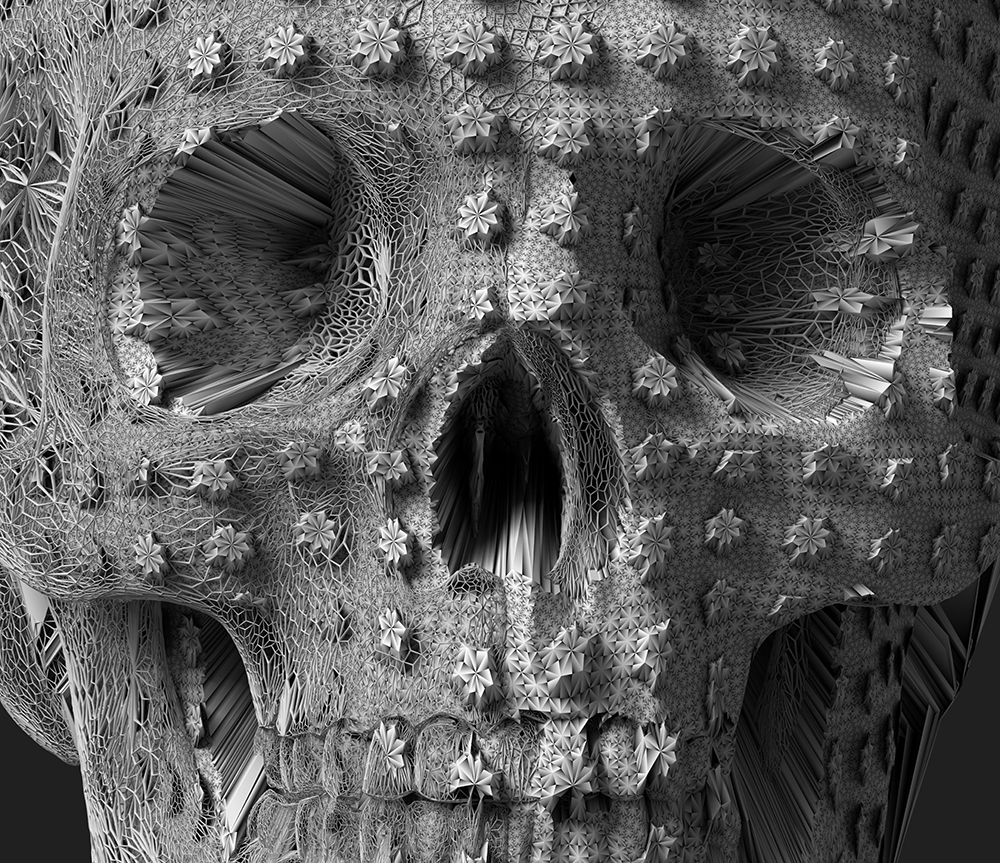 Skull008
Skull008
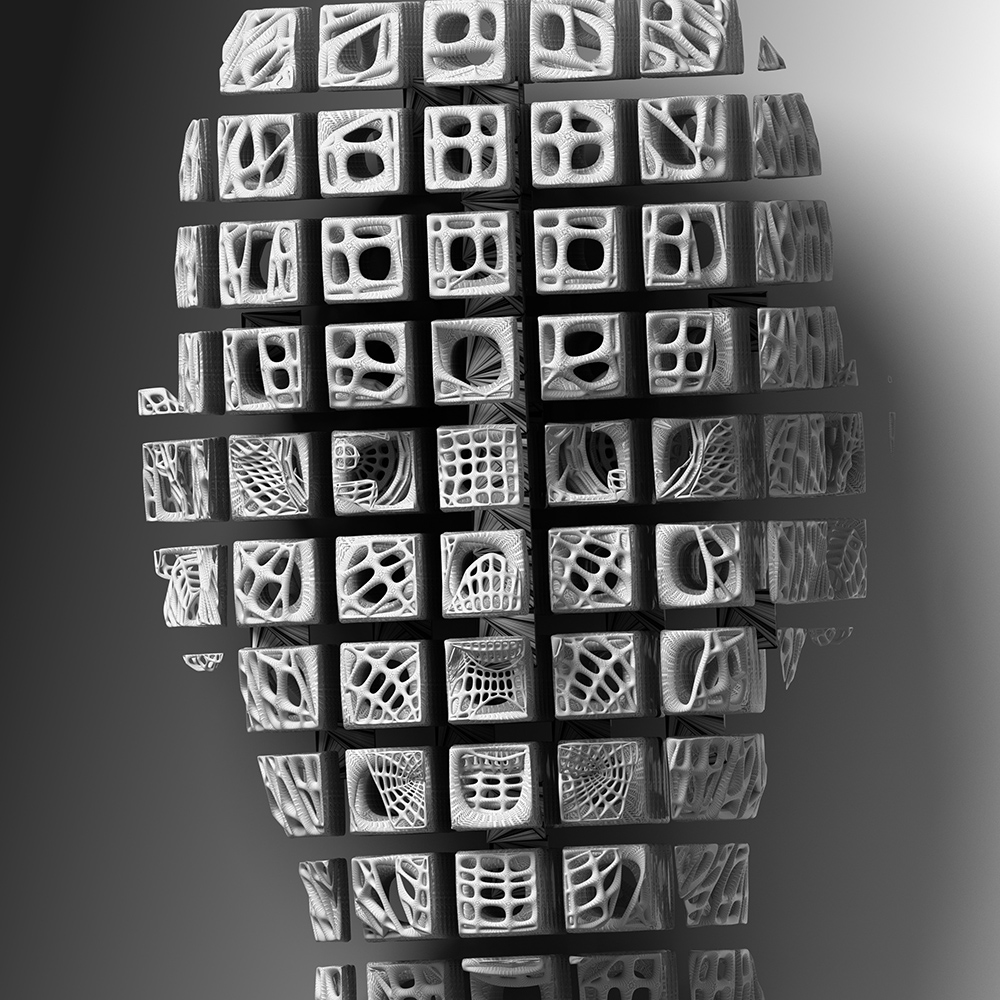 BooleanHead001
BooleanHead001
We daresay that new media will soon fill the apparent dichotomy between art and technology, to assimilate one to each other: what's your opinion about the relationship between Art production and Technology?
I think it has already happened. The gallery system (with a few exceptions) may still be focused on old media - painting, in particular - but the rest of the world has passed them by. Nothing goes away completely. Just as there are musicians who (thankfully) work to preserve ancient forms, there will continue to be oil painters. There will also be a handful of artists who manage to use traditional media in new ways.. but, for the most part, visual art will be digital art. I used to be a traditional print maker. I still fetishize the raised line of an engraving and I absolutely love the sensuous look and feel of good paper.. but my computer and the software I use are so much more powerful.. I am vastly more productive.. I can’t imagine going back… and for younger artists, it won’t even be a consideration.
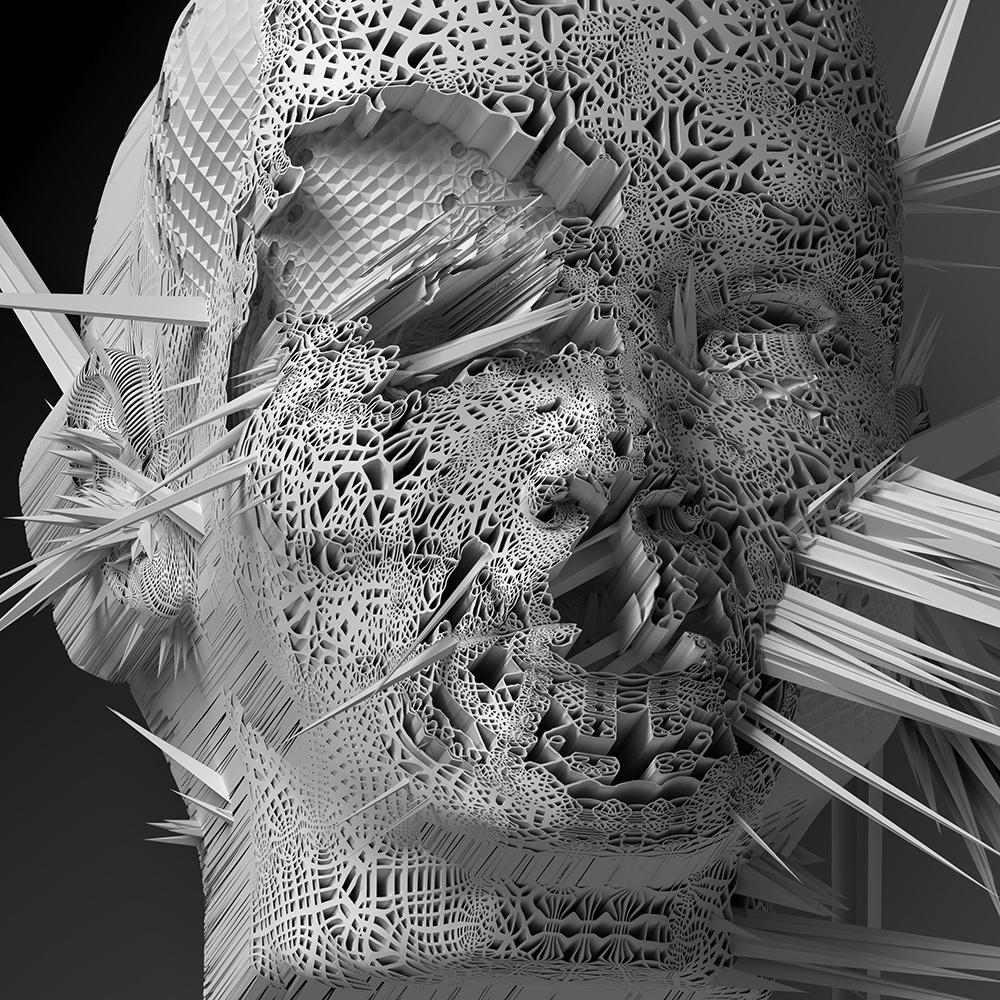 laceHead005.
laceHead005.
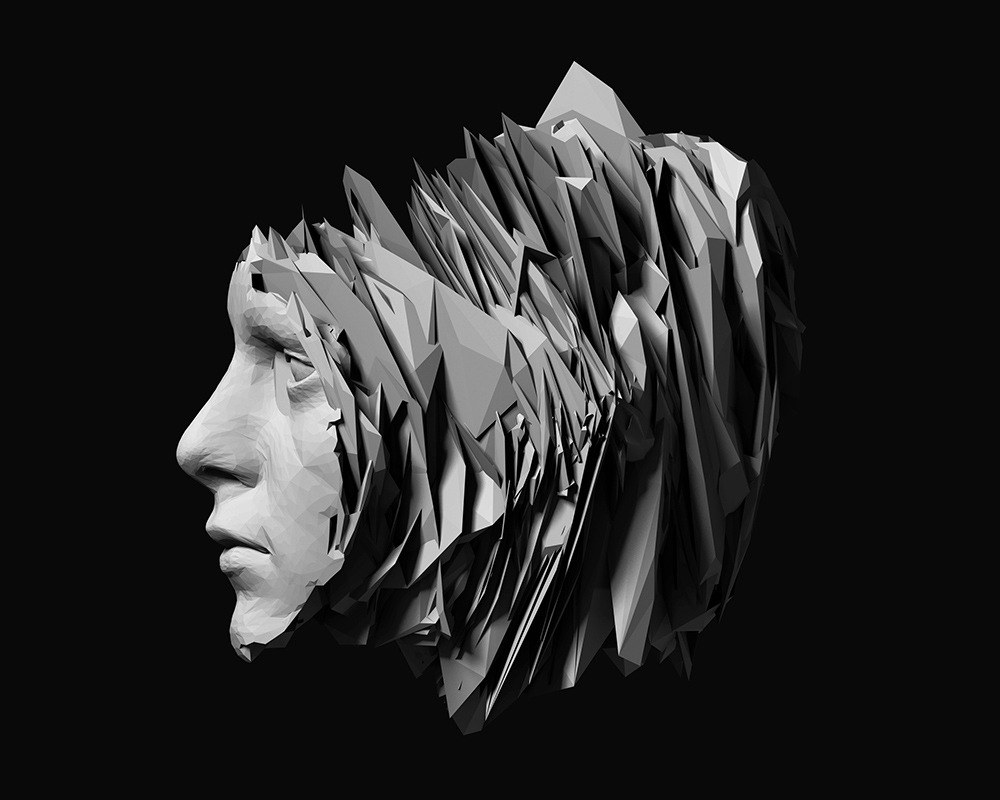 head12
head12
What are your future projects in digital art and how do you think they will evolve?
They will definitely be more complex and involve video..The software we use is so powerful.. it offers so many possibilities.. so many permutations of various effects and options.. that it has become ridiculously easy to create stunning “eye candy”. As a result, we are swamped by a never ending stream of visual novelties. And just as quickly as they come, those novelties lose their visual power, replaced by whatever comes next.... What is more challenging is creating work that operates on multiple levels.. artworks that you can, and would want to, go back and visit more than once.. and that reveal something new each time you engage them… that is the kind of work I want to create.
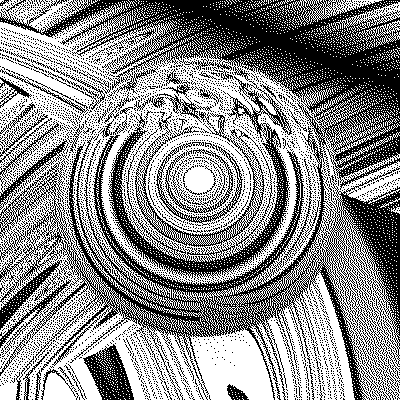
How do social networks influence your work?
I don’t see my work as being “net art” .. work that reflects directly on the way the Internet and social networks allow people to interact and to present themselves, or work that plays with the technical affordances of the browser .. so social networks influence what I’m doing only in the sense that they allow it to be seen!
Despite my reference above to the “gallery system,” I’m actually quite sympathetic to gallery owners. We always hear about the meg-bucks operators who make millions by manipulating the market and playing buyers against sellers, but the majority of gallery owners are sincerely committed to their artists and get relatively modest financial returns or even no profits for their efforts. They really don’t have the resources to support all the artists who are deserving. This is particularly true of digital art where there is no simple solution to the problem of how to transform something inherently reproducible into an exclusive, desirable collectible… and it is the selling and buying of “collectibles” that fuels the gallery machine. Most well known digital artists, even those with excellent gallery representation, either have day jobs or side hustles.. it simply isn’t realistic for young artists to expect that a connection to a gallery will lead to financial stability. I suspect that the situation for visual artists (apart from those focused on commercial work) is becoming more like it has been all along for poets. Even poets who are universally recognized, who have had the widest and deepest impact on the larger society, don’t make a living from their poetry.
Fortunately, social networks and the Internet itself provide a means to completely bypass the gallery system, at least in terms of visibility. I do worry, though, that as the big social networks.. Facebook, Twitter, Instagram, etc. .. focus more narrowly on ad revenue and data gathering, their changing algorithms will choke off the opportunities for truly creative young artists to expose their work widely to people who might care. If that continues, I suppose we’ll have to go back to the small, ad hoc networks that existed in the early days of the net. It will be unfortunate, since those were known and accessed by relatively few people.
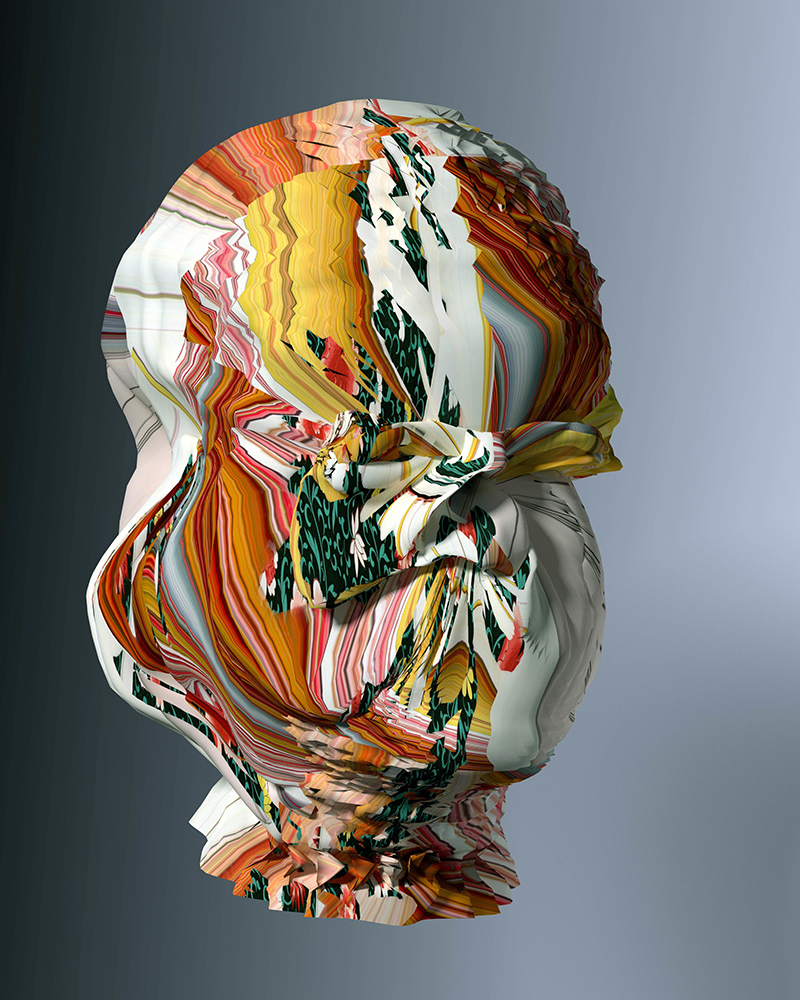 head_047
head_047
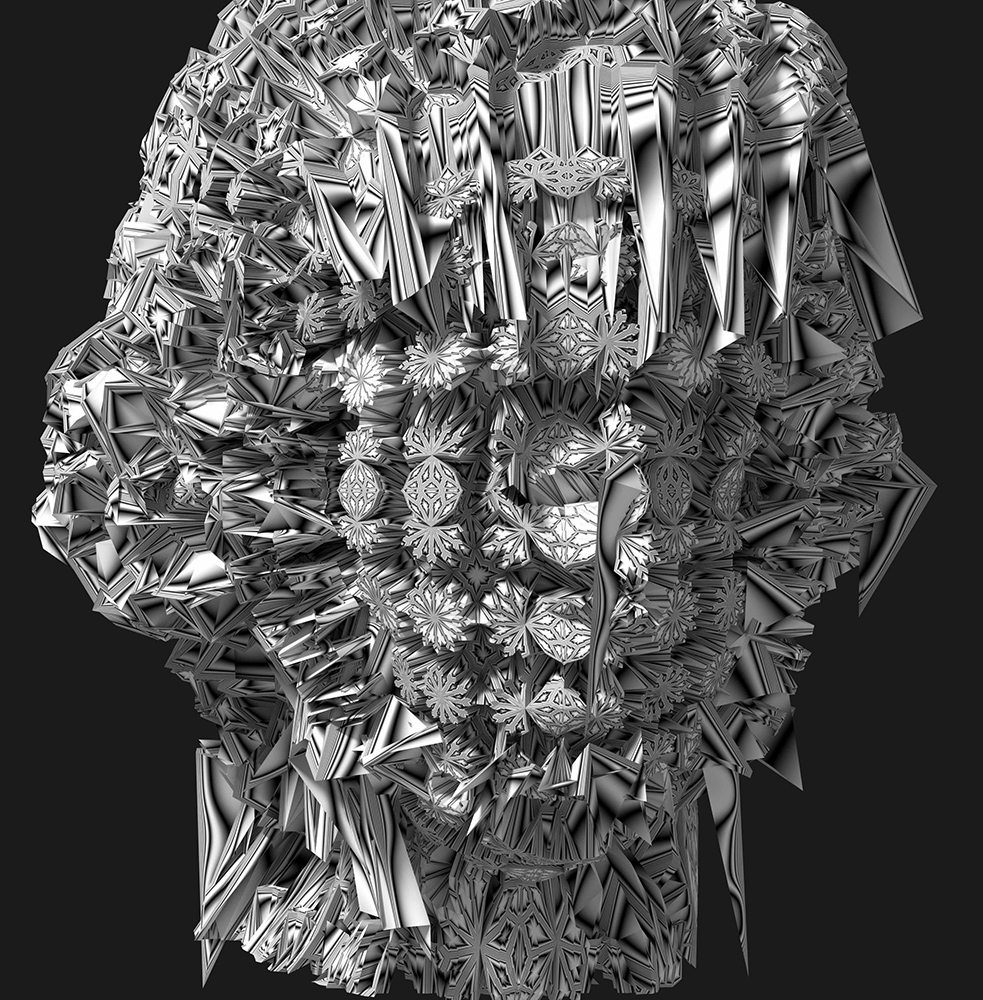 head_2.016
head_2.016
How does an idea for a digital work come up?
Many artists begin with a specific idea, and then try to figure out the best way to express that idea. But that’s not at all how I work! I’m usually just fiddling around, exploring some technical possibility of the software I’m using. If I’m lucky, a new effect emerges.. and the piece gradually develops from there. Later on, various “ideas” might also emerge.. but if the piece has any explicable “meaning” at all, it is a meaning that only reveals itself over time. I make the piece in order to discover what ideas it contains!
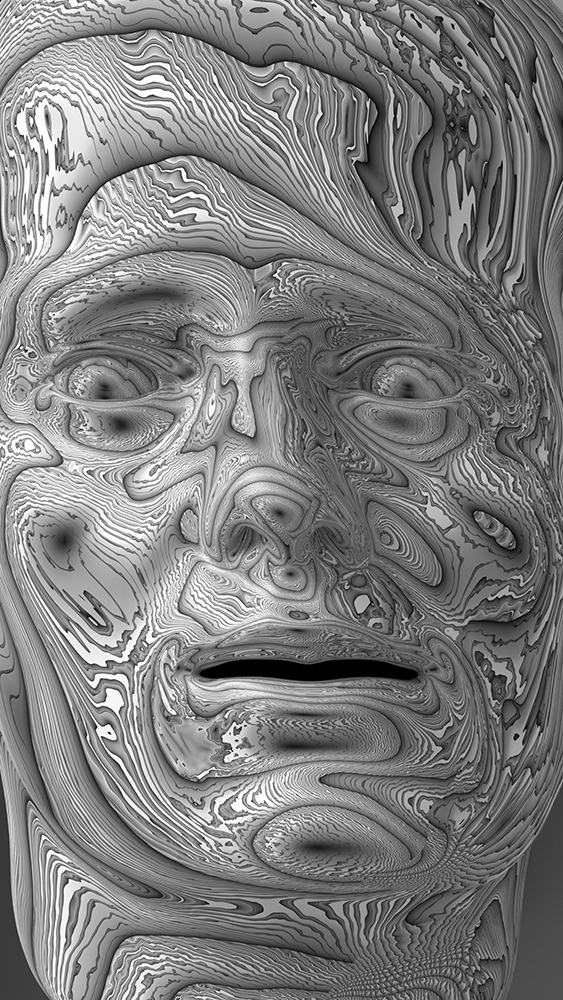 StillFromVideoFaces
StillFromVideoFaces
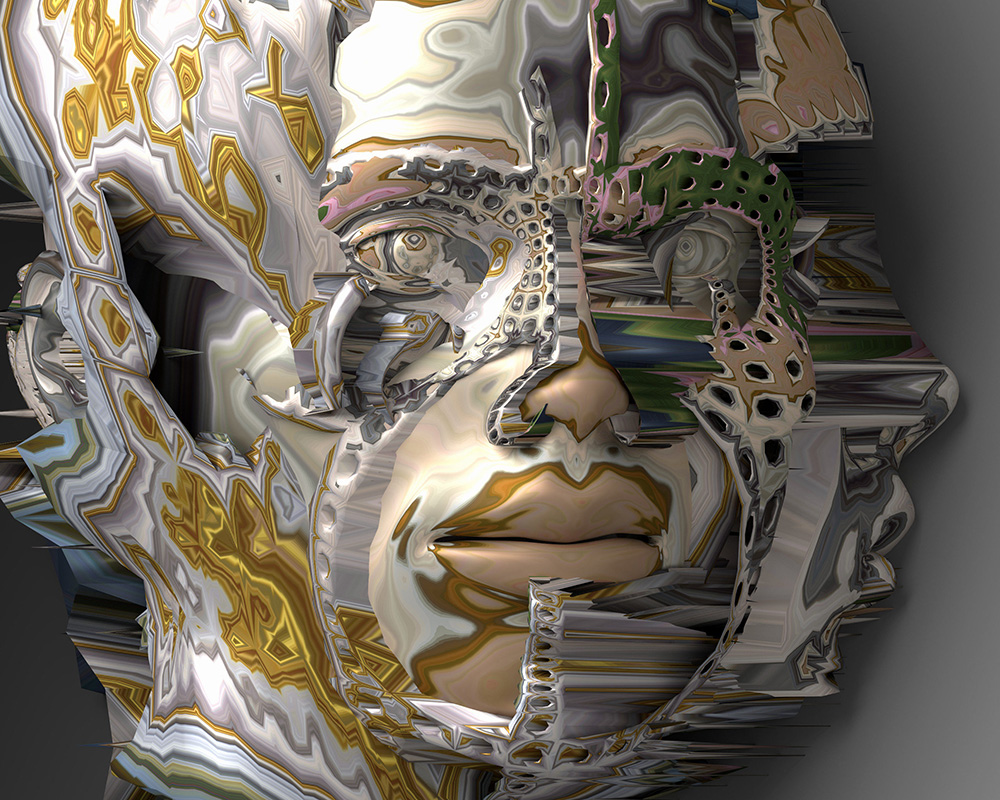 head-3.016
head-3.016

